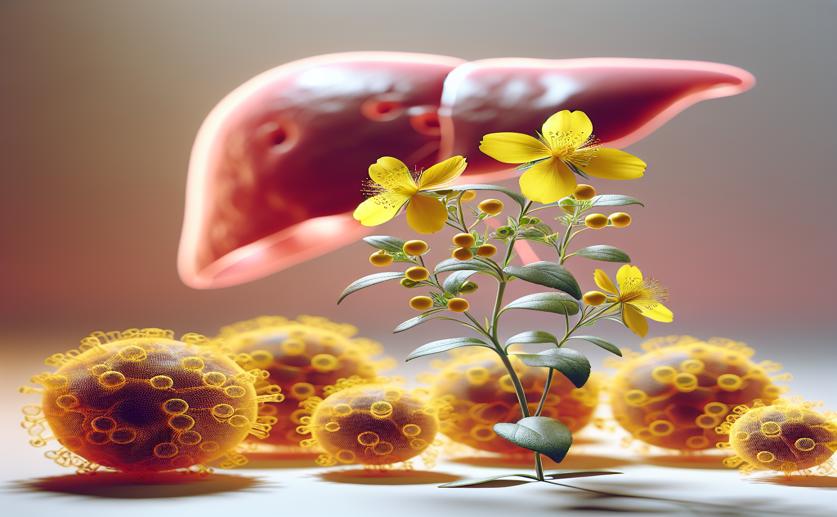
How St. John's Wort Ingredients Harm Liver Cells
Greg Howard
15th January, 2024

Image Source: Natural Science News, 2024
References
Main Study
1) Mechanisms of hepatocellular toxicity associated with the components of St. John's Wort extract hypericin and hyperforin in HepG2 and HepaRG cells.
Published 12th January, 2024
https://doi.org/10.1016/j.toxlet.2024.01.008



 15th January, 2024 | David Palenski
15th January, 2024 | David Palenski